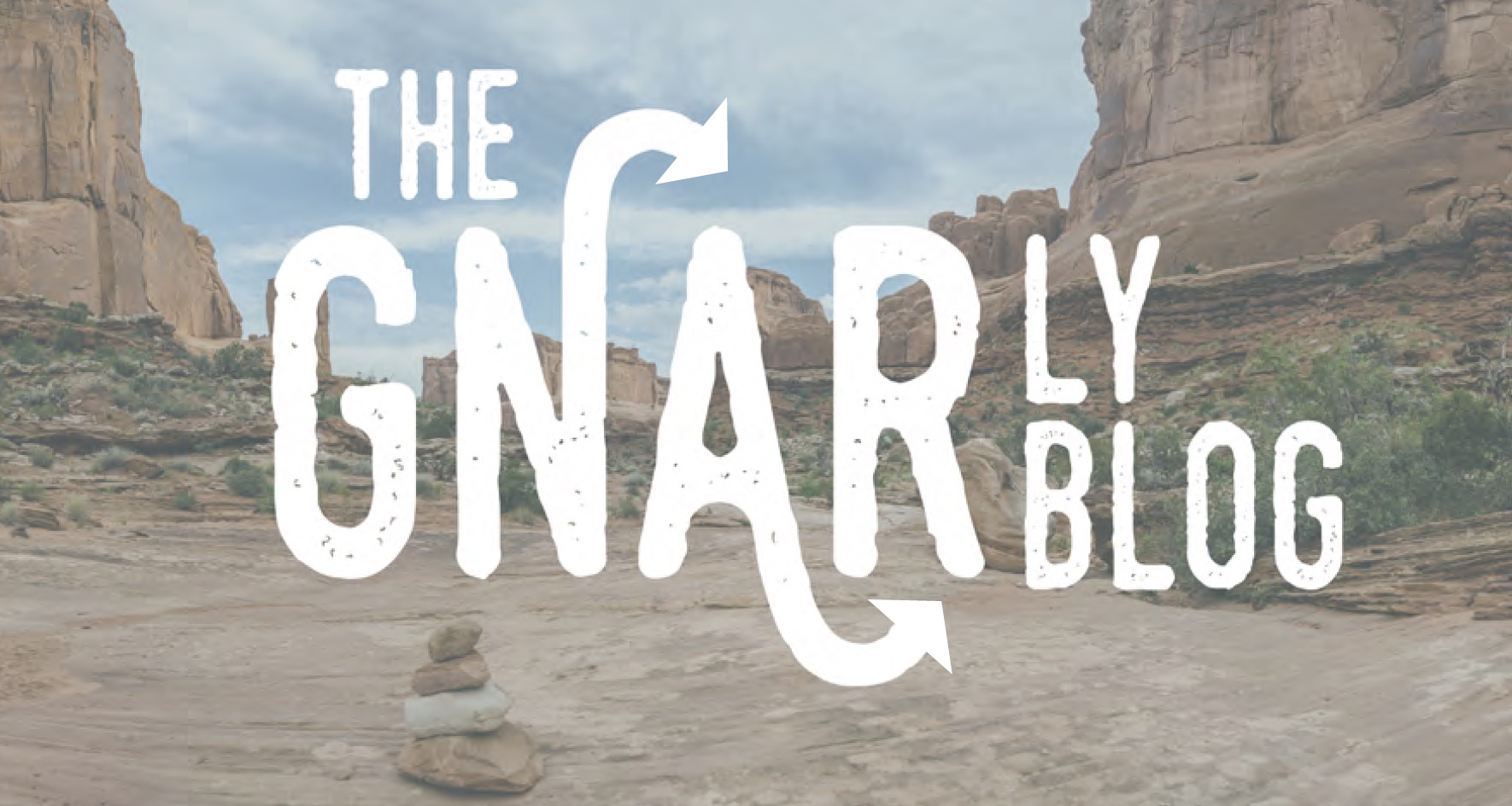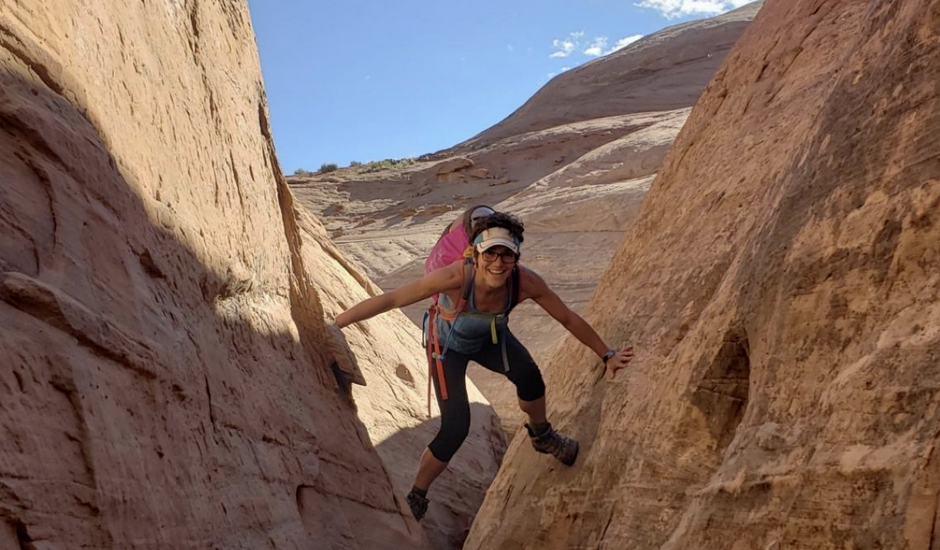
Welcome to the GNARly Blog!
By Danya Rumore, GNAR Initiative Founder
Welcome to the GNARly Blog!! We are excited to launch this blog to provide a space for people living in and working with gateway and natural amenity regions across the west to share their challenges, opportunities, strategies, and lessons learned with each other—and with us.
The Gateway and Natural Amenity Region (GNAR) Initiative is an idea that has been brewing for a while. I am from Sandpoint, a GNAR community in North Idaho that is very near and dear to me. Through working on collaborative regional planning efforts around Sandpoint and Zion National Park in Utah a few years ago, it became clear to me that GNARs in the west have a lot in common. Many of these places have become highly desirable places to live and visit in the last few decades because of nearby natural amenities, whether scenic lakes and rivers or public land and outdoor recreation opportunities. Their economies are undergoing or have undergone a transition from reliance on extractive or agrarian industries to tourism and service activities. Many of them struggle with tensions between different parts of their communities: “newcomers” and “oldtimers,” visitors and residents, full-time and seasonal residents, or different jurisdictions, whether counties and cities or federal agencies and local governments. Many of them have few (if any) paid public officials to help them plan for and respond to challenges they face, and those that have local government offices are often overwhelmed. Further, many of these places feel “alone” in their challenges and in trying to deal with them. On top of all that, many of these places have been particularly hard hit by what I’ve taken to calling the triple whammy of COVID-19: a public health crisis, a massive hit on their service-dependent economics, and now a major influx of people trying to escape cities for small town quality of life.
What also became clear to me through spending time in and working with GNARs throughout the west is that these places are amazingly unique and special—and a lot of what makes these places so desirable to live and visit is at risk from everything I listed above. That left me and my colleagues with the question: how can we help GNARs and the communities in them thrive and enhance the things that make them special, especially with increasing visitation, development pressures, economic changes, political conflicts, climate change, and the many other challenges these places are facing or are likely to face?
Thus, the idea of the GNAR Initiatives was born.

The GNAR Initiative aims to provide a hub to catalyze and support research, education, and technical assistance efforts to help GNARs thrive. We see our role mainly as a connector and incubator: we bring people who live in and work with GNARs together to learn with and from one another; we assess needs and identify resources to assist with those needs; and we foster data-driven, collaborative solutions for addressing current and emerging challenges and opportunities in western GNARs.
Toward these ends, we document and study planning and development challenges in GNARs across the west (see, for example, our 2018 study on Planning and Development Challenges in Western Gateway Communities). We have raised awareness and started a conversation about how to deal with the “Zoom Town” phenomenon of remote workers flocking to western GNARs, in part through our “Boom Town: Amenity Migration in the Rural West and the Rise of the Zoom Town” webinar series. We are actively developing a free and publicly available online toolkit specifically focused on the needs and concerns of GNARs. And we are building networks to connect people who care about these communities, including a network for GNAR community members and a network for academics interested in studying and connecting students to GNARs.
This GNARly Blog is another key step in helping us achieve our goals.
Our hope in launching this blog is to provide a space where anyone interested in GNAR communities can share their wisdom and ideas with our broader network. We are specifically looking for blogs on:
- GNAR-specific challenges and opportunities and what can be done to address them
- Tools and resources that are relevant for GNARs
- Anything else you think will be helpful for people living in and working with GNARs
To make writing a blog as easy as possible, we have put together some basic guidelines for bloggers. Check those out and let our GNAR Initiative Coordinator, Liz Sodja, know if there’s something you’re interested in writing a blog about. We look forward to hearing your stories!
Thank you to everyone who has helped and continues to help make the GNAR Initiative happen. I am deeply grateful for our GNAR Initiative core team; the Institute of Outdoor Recreation and Tourism at Utah State University, which has provided a home for the Initiative; and The North Face, National Park Service Rivers, Trails, and Conservation Assistance Program, and other organizations and individuals that have and continue to provide funding and support our efforts.
If you’re looking for a way to support us and our mission, consider writing a blog, helping us develop a toolkit page, or donating—or let us know how you want to partner.
Let the GNARly Blog fun begin!

Danya Rumore, Ph.D., is the Founder of the GNAR Initiative. She is a facilitator, collaborative process designer, and conflict resolution professional with a particular passion for understanding and addressing the unique challenges and opportunities facing western amenity-rich rural regions like that surrounding her hometown, Sandpoint, Idaho. Danya holds a Ph.D. in Environmental Policy and Planning from the Massachusetts Institute of Technology. She is a professor of planning and law at the University of Utah, where she directs the Wallace Stegner Center Environmental Dispute Resolution Program. Danya really likes to shred the gnar on her mountain bike and skis, but she can also be found climbing rocks, floating rivers, and running trails. To learn more about her work, check out this Outdoor Allies profile.

